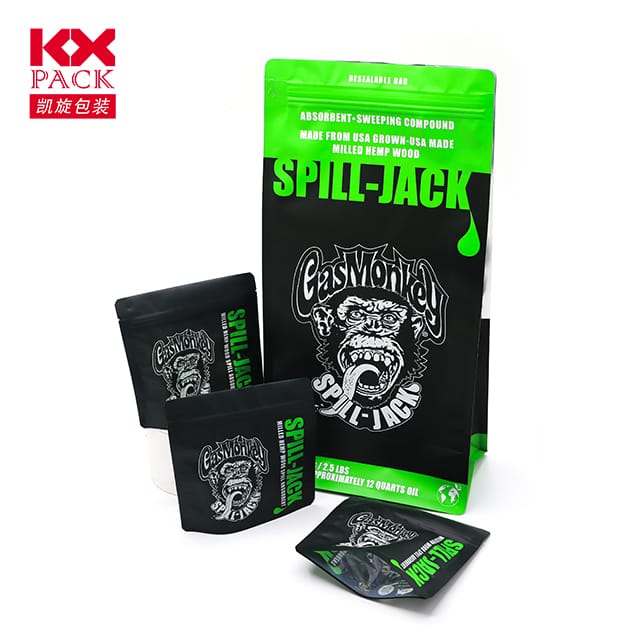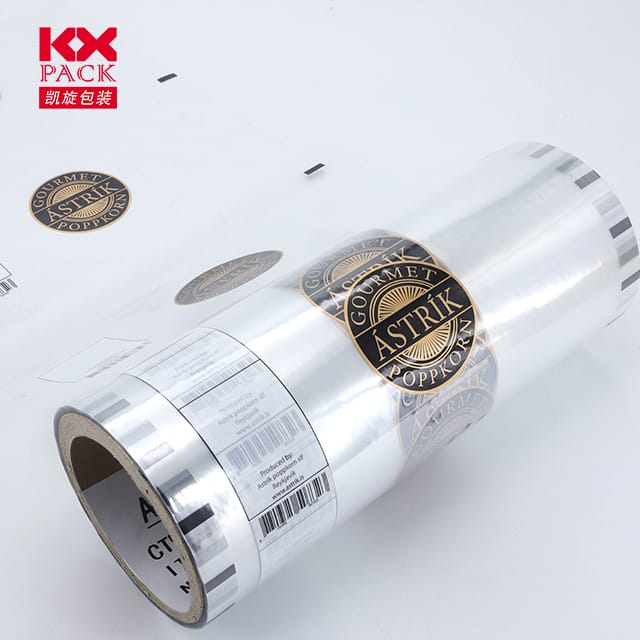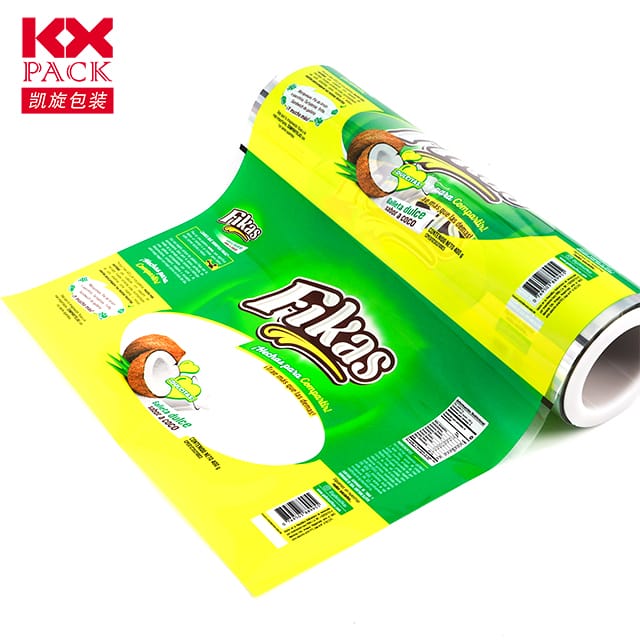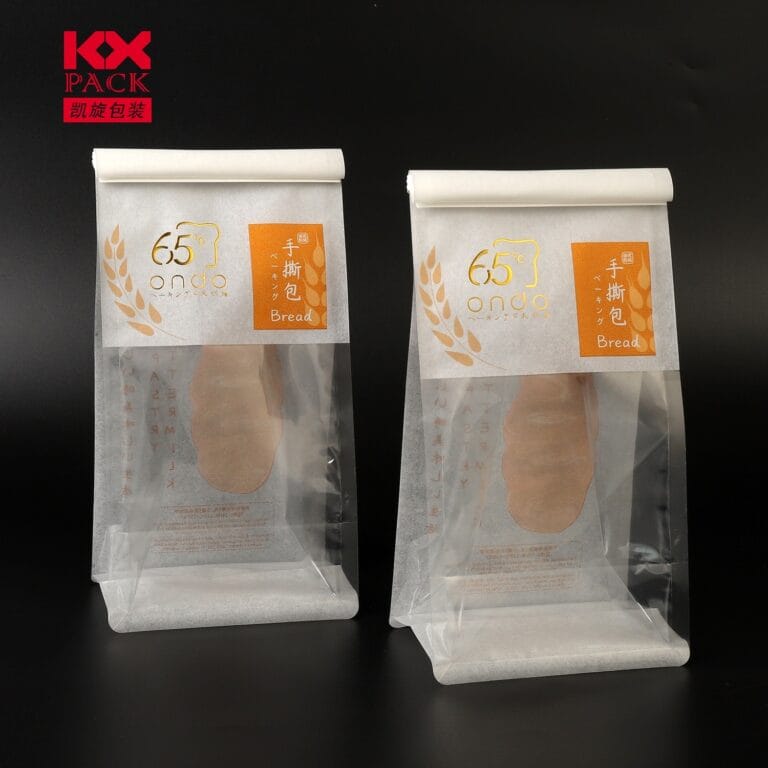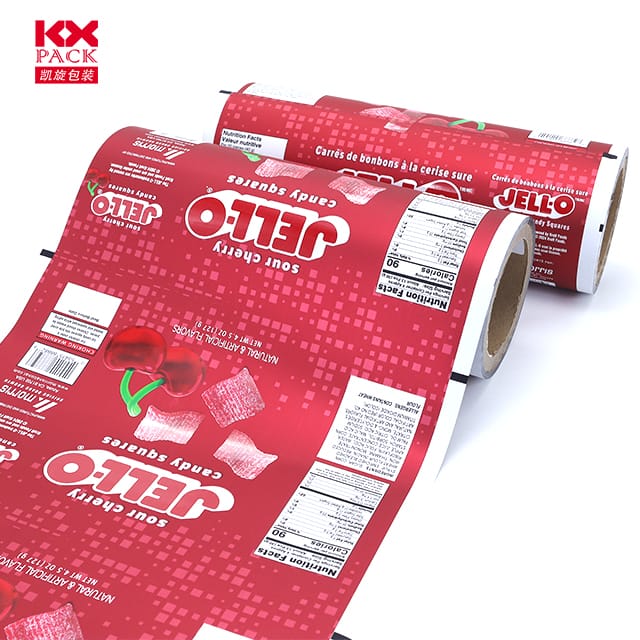เปิดตัวโลกของภาพยนตร์การพิมพ์ดิจิตอล: แอปพลิเคชัน, ประโยชน์, และแนวโน้ม
Digital Printing Film
In the fast-paced world of visual communication, digital printing film has emerged as a game-changer for businesses and creatives alike. จากกราฟิกหน้าร้านที่สะดุดตาไปจนถึงฉลากผลิตภัณฑ์ที่ทนทาน, สื่อที่หลากหลายนี้ผสมผสานเทคโนโลยีที่ทันสมัยเข้ากับการใช้งานจริง. มาดำน้ำในสิ่งที่ทำให้ฟิล์มการพิมพ์ดิจิตอลเป็นเครื่องมือที่ต้องมีในการตลาดและการออกแบบที่ทันสมัย.
1. What is Digital Printing Film?
Digital printing film refers to thin, flexible plastic sheets (like PET, พีวีซี, or polypropylene) coated with a printable surface. Unlike traditional inkjet papers, these films are designed to withstand outdoor elements, making them ideal for:
- Short-term promotions (เช่น, sale banners, event signage).
- Product labeling (กันน้ำ, oil-resistant stickers).
- Decorative applications (window graphics, wall murals).
- Industrial uses (membrane switches, control panels).
The magic lies indigital printing technology, which allows for on-demand, high-resolution designs without the need for printing plates or lengthy setup times.
2. Key Advantages Over Traditional Methods
Why are brands ditching screen printing for digital film? Here’s why:
| ลักษณะเฉพาะ | Digital Printing Film | Traditional Methods |
|---|---|---|
| Turnaround Time | 24–48 hours (no drying time) | Weeks (plating, setup) |
| Cost-Efficiency | Affordable for small batches | High setup costs for low quantities |
| การปรับแต่ง | Full-color gradients, รูปถ่าย, variable data | Limited color options, no complexity |
| Eco-Friendliness | Solvent-free inks, recyclable materials | Harsh chemicals, more waste |
3. Top Applications Across Industries
- ขายปลีก & Advertising: Vibrant window clings, floor graphics, and hanging banners.
- เกี่ยวกับยานยนต์: Custom car wraps, decals, and protective films.
- บรรจุภัณฑ์: Durable labels for food, เครื่องสำอาง, และอุปกรณ์อิเล็กทรอนิกส์.
- Architecture: Decorative wall films and privacy screens.
- Healthcare: Sterilizable labels for medical devices.
Case Study: A coffee chain used digital film to create seasonal window graphics, boosting foot traffic by 30% during holiday campaigns.
4. Choosing the Right Film Type
ภาพยนตร์ทุกเรื่องไม่ได้ถูกสร้างขึ้นอย่างเท่าเทียมกัน. Key factors to consider:
- วัสดุ:
- สัตว์เลี้ยง: มันวาว, scratch-resistant (best for outdoor use).
- พีวีซี: Flexible, conformable (ideal for curved surfaces).
- โพลีโพรพีลีน: Matte finish, คุ้มค่า (indoor signage).
- Adhesive: Permanent, removable, or repositionable glue.
- ความหนา: 3–5 mil for stickers; 5–8 mil for durable outdoor signs.
- เสร็จ: Gloss, ด้าน, or textured for tactile appeal.
5. Future Trends to Watch
- ความยั่งยืน: Biodegradable films and water-based inks.
- ภาพยนตร์อัจฉริยะ: Interactive prints with QR codes or NFC tags.
- UV-Cured Printing: Instant curing for faster production.
- 3D Textures: Embossed effects mimicking leather or fabric.
Market Insight: The digital printing film market is projected to grow 6.8% annually through 2030, driven by eco-conscious branding and short-run customization needs.
6. Best Practices for Success
- Design for Bleed: Leave 1/8” extra space to avoid white edges after trimming.
- Test Samples: Order a small batch to check color accuracy and adhesion.
- Lamination: Add a matte/gloss overlay for extra UV protection.
- Work with Experts: Partner with a supplier offering color profiling and material certification.
บทสรุป
Digital printing film isn’t just a material—it’s a bridge between creativity and practicality. Whether you’re a startup needing affordable signage or a Fortune 500 company revamping product labels, this technology delivers speed, ความยืดหยุ่น, and stunning visuals.
Ready to transform your next project? Explore the endless possibilities of digital printing film today! 🖨️✨

